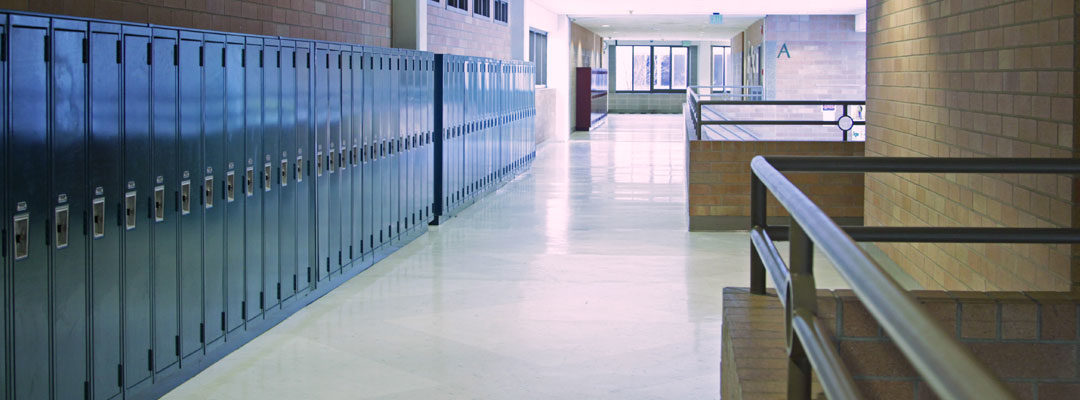In the event of a disaster, such as a tornado or flood, what location will your children’s school evacuate them to? By what means they will be transported? How will the school notify you if this happens? If you don’t know the answers to these questions, give yourself a D- and make a point to ask you child’s teacher for a copy of the school’s emergency plan.
The vast majority of schools will have an emergency management plan in place. The purpose of these plans is to help faculty and school administrators identify and respond to disasters in a safe, efficient and organized manner. It also serves to educate staff, faculty, students, and key stakeholders on their particular responsibilities at the time of a disaster. The goal is to precisely communicate how the school will prevent, prepare for, respond to and recover from any type of disaster it might encounter, and how they will ensure students’ safety during that time.
Many schools work closely with local fire, police and emergency response teams to ensure they’re prepared for any type of disaster that may occur during school hours. In addition to these local partners, there are a variety of other organizations and agencies that can help schools develop emergency plans that address preparing for and dealing with disasters.
The Pennsylvania Emergency Management Agency, an organizations that works to plan responses to and prevent loss from natural and manmade disasters, provides a “School Safety Planning Toolkit” designed to simplify this process for schools who may not have a plan in place. FEMA also offers assistance with emergency planning and provides a sample “School Emergency Operations Plan” that schools and institutions can use to develop their own policies and procedures in times of disaster. Schools can also employ the help of the Readiness and Emergency Management for Schools (REMS) Technical Assistance Center, which helps schools develop comprehensive emergency plans, as well as information, resources and training.
If your child’s school doesn’t have a formal plan in place, make sure, at the very minimum, you know the answers to the following questions:
- What location will be used for evacuation if the school becomes unsafe?
- Does the school have ample amounts of food, water and other supplies needed to “shelter-in-place”?
- How will the school communicate you in the event of a disaster or other type of crises?
In addition to being familiar with your child’s school emergency plan, make sure you do your part to ensure your child is prepared in the event of a disaster. Your child should know his or her address and phone number, as well as any designated emergency contacts and their phone numbers as well. Develop an emergency kit with your child, making sure to explain the importance of each item. Elementary school student kits may include things like water bottles, snacks, glow sticks, a whistle and wet wipes. Middle and high school student kits may include additional items, such as a battery-operated radio, gloves, and cash.
Preparation and knowledge are key. When it comes to disasters, the more prepared you and your child are the better off you will be. Taking the time to learn your child’s school emergency plan, as well as creating an emergency kit with your child, will not only give you piece of mind, it will better prepare you to handle an emergency situation should it arise.


Recent Comments